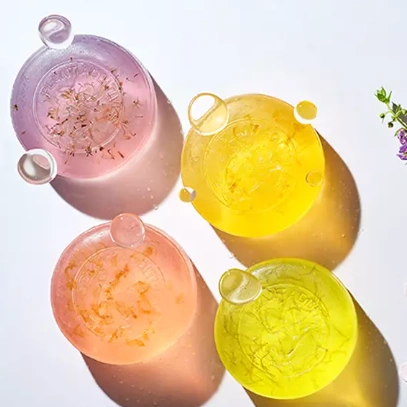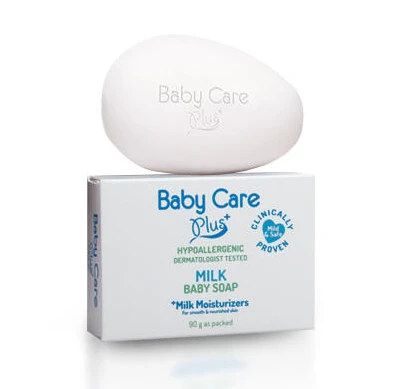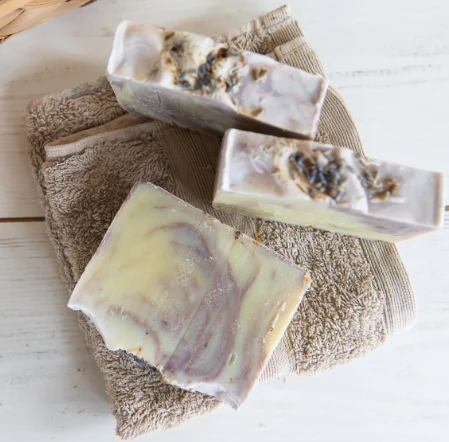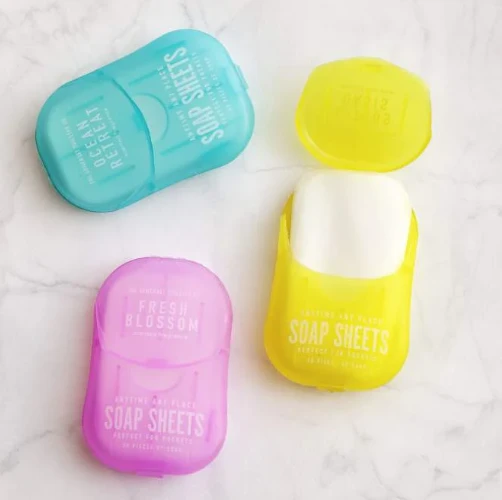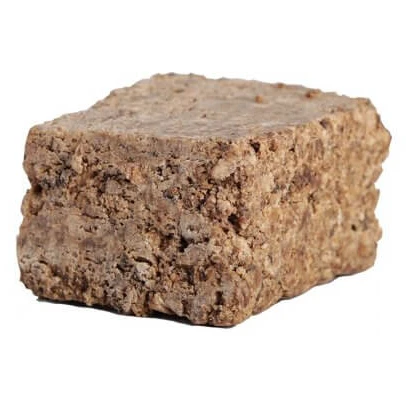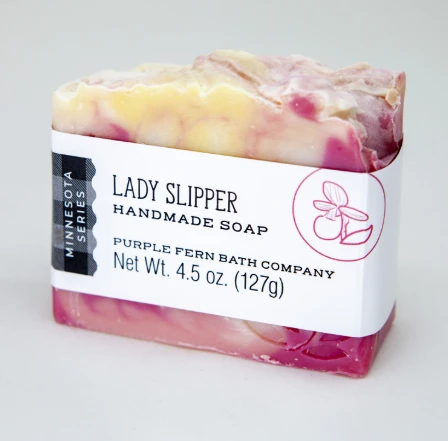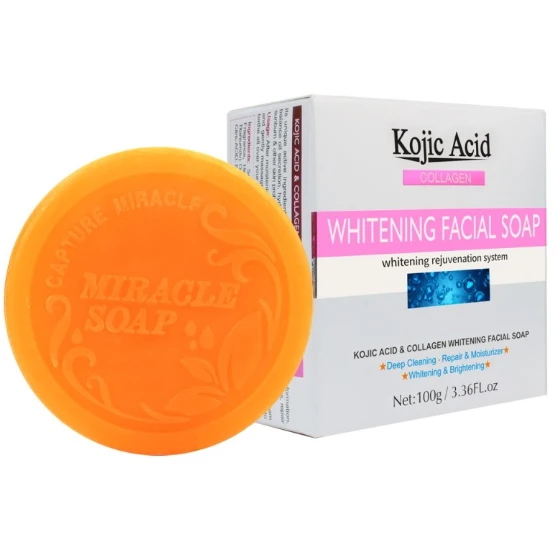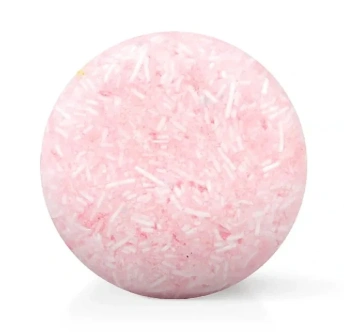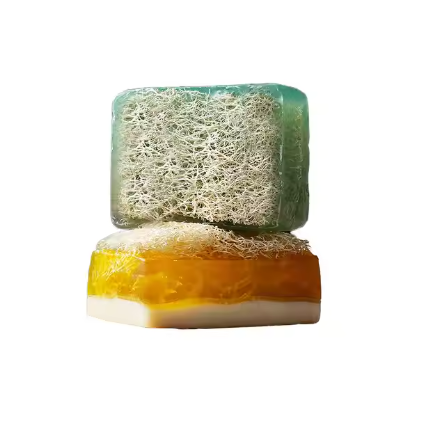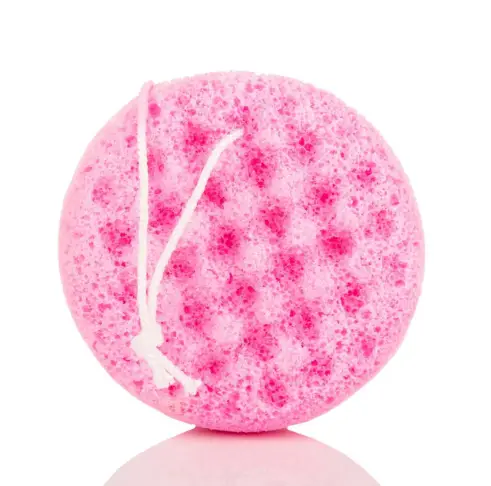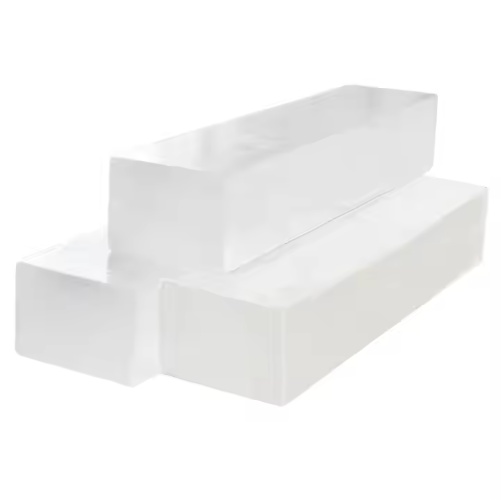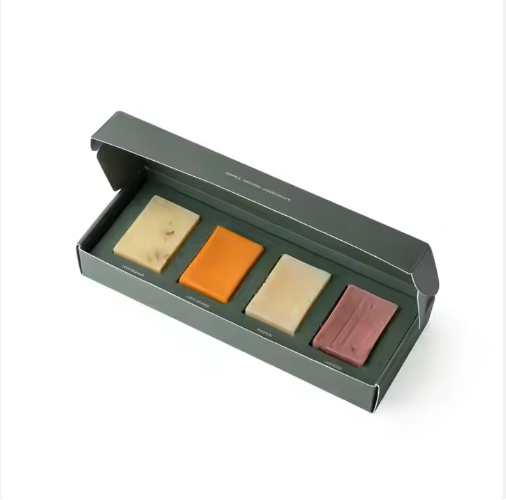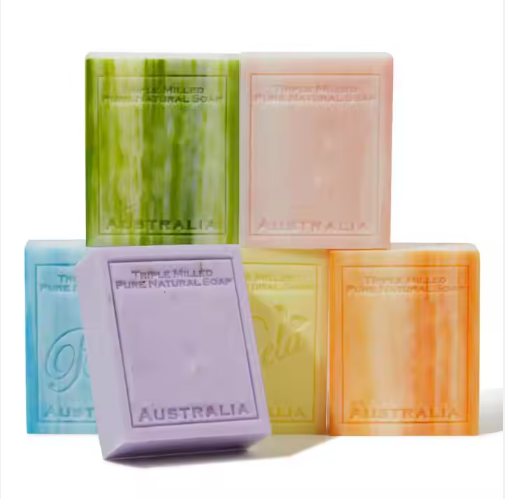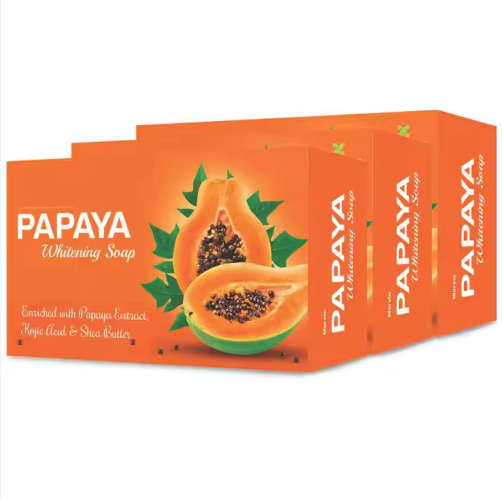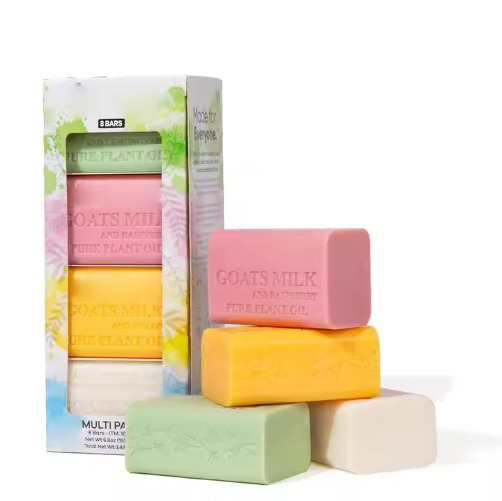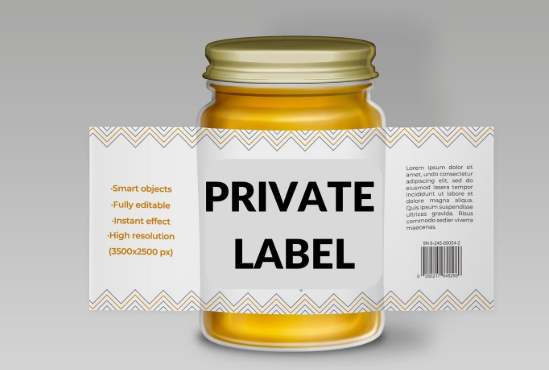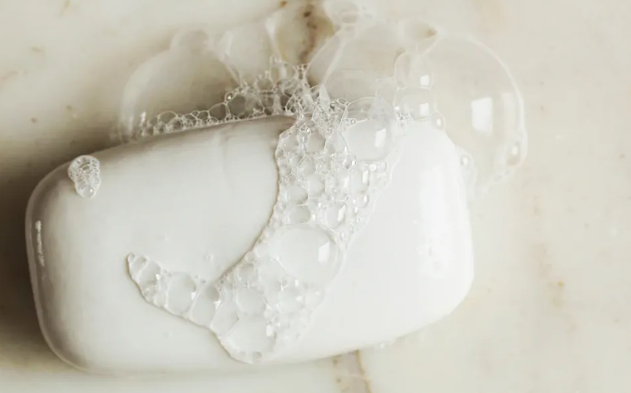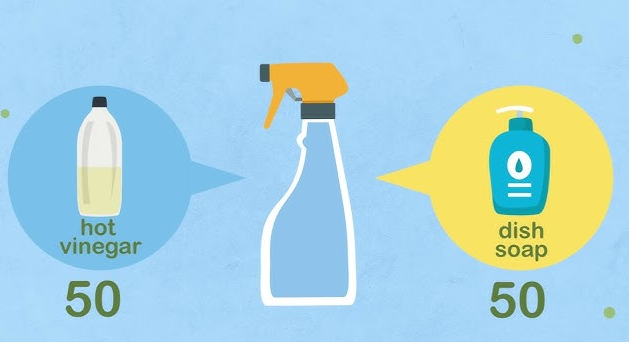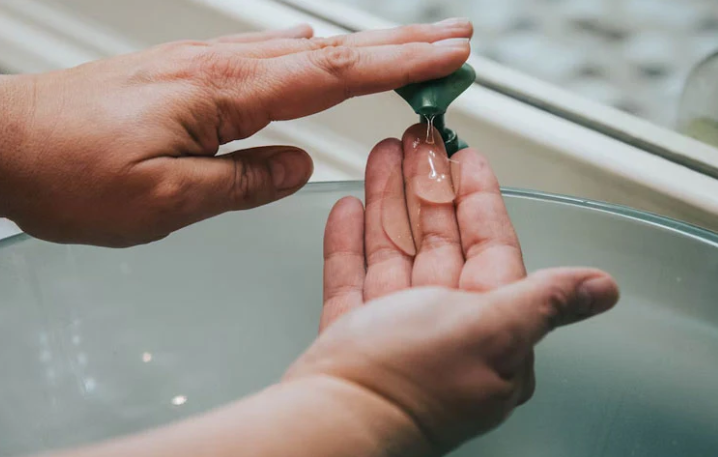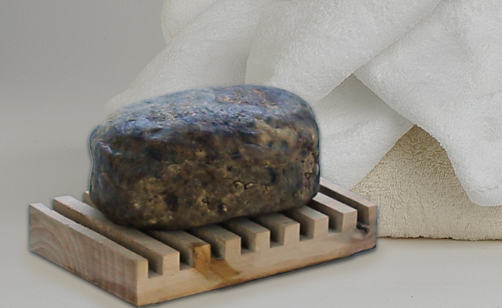Kojic acid: What you need to know
What Is Kojic Acid?
Kojic acid is quickly growing in popularity. Notably, it's starting to replace hydroquinone in many bleaching agents. For example, you can find kojic acid in products used to bleach skin and whiten teeth.
Kojic acid is a natural derivative of a fermented fungus. Several types of fungi produce kojic acid, but some produce more than others.
Other potential benefits. Kojic acid isn't just a whitening agent. You may see kojic acid used in:
- Insecticides and pesticides
- Fungicides
- Anti-fungal and anti-bacterial drugs
- Painkillers
- Anti-inflammation drugs
The list goes on! Researchers are still learning the benefits of kojic acid and its diverse applications.
How Kojic Acid Works
Kojic acid inhibits your body's melanin production. Melanin is a pigment that adds brown color to your skin, hair, eyes, and more.
By inhibiting your melanin production, kojic acid creates a more consistent skin tone in the treated areas. As a result, splotchy areas on your skin become less defined until they match the surrounding skin.
Kojic acid's properties allow it to be a bleaching agent when used in creams, gels, and other cosmetics. Kojic acid is similar to a chemical called hydroquinone. They are both effective treatments for hyperpigmentation.
Treatment with kojic acid isn't immediate. For significant improvement, you'll need to use a kojic acid cosmetic for up to three months in some cases.
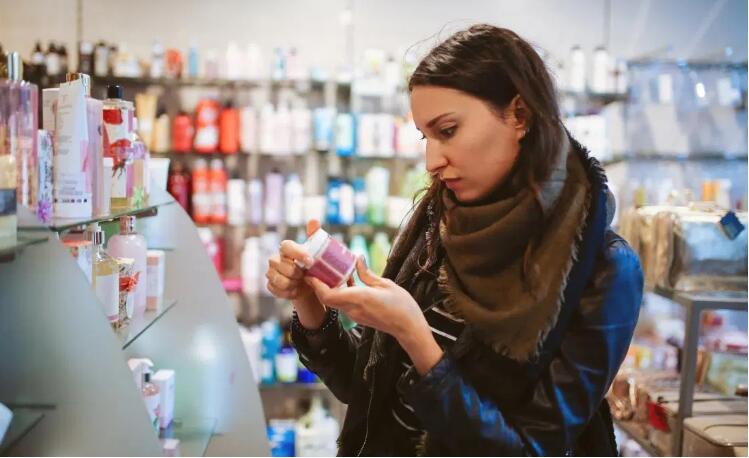
Where can kojic acid be used?
Share on PinterestKojic acid is mainly used in health and beauty products.
Kojic acid is sometimes used in health and beauty products to lighten the skin. It may be used to treat skin conditions, such as sun damage, scars, and age spots.
The science behind how kojic acid works as a lightening agent involves its effect on melanin production.
Melanin is a naturally occurring pigment in the body that gives the eyes, hair, and skin their color. An amino acid called tyrosine is needed to support the production of melanin.
Kojic acid works by blocking tyrosine from forming, which then prevents melanin production. Decreased melanin production may have a lightening effect on the skin.
Kojic acid is most commonly used in cosmetic products, such as creams, lotions, and serums. It is also used in some soaps. Many products with kojic acid are intended for use on the hands or face.
Products containing kojic acid can also be used on other parts of the body, such as the legs and arms. The concentration of kojic acid in cosmetics is often between 1 and 4 percentTrusted Source.
Certain products containing kojic acid, such as serums, are meant to be applied to the skin and left on and absorbed. Some products, such as soaps, are applied and washed off.
The benefits of kojic acid
The benefits of using products containing kojic acid may include the following:
- Anti-aging effect: Products containing kojic acid may lighten the skin, which can improve the appearance of age spots and sun damage. The reduction of dark spots can have an anti-aging effect.
- Treat melasma: Kojic acid may also be helpful in decreasing melasma, which is darkening of the skin due to pregnancy.
- Decrease the appearance of scars: Kojic acid may also reduce the discoloration of scars. Although the acid does not improve the thickness of scar tissue, it may reduce dark pigmentation associated with certain types of scars. Lightening the scar may make it less noticeable.
- Antifungal benefits: Kojic acid is also thought to have some antifungal benefits. It may be helpful in preventing and treating certain fungal infections, such as athlete’s foot and yeast infections.
- Antibacterial effects: Kojic acid may also provide antibacterial benefits. It may help decrease the chances of developing common types of bacterial skin infections.
Risks of using kojic acid
Although the use of products containing kojic acid may be considered safe for most people, there are some risks and possible side effects.
Side effects may include:
Skin may sunburn easily
Using kojic acid may make someone more likely to develop a sunburn. Melanin helps protect the skin from sun damage due to UV rays.
Since kojic acid prevents melanin production, it leaves the skin more vulnerable to sunburn.
Contact dermatitis
Kojic acid can lead to contact dermatitis in some people, especially those with sensitive skin.
Contact dermatitis can cause a rash, itching, and dry patches of skin. In severe cases, pain and blisters can develop.
The concentration of kojic acid in creams, serums, and soaps may vary by manufacturer. Products with a higher concentration of kojic acid may be more likely to lead to irritation.


